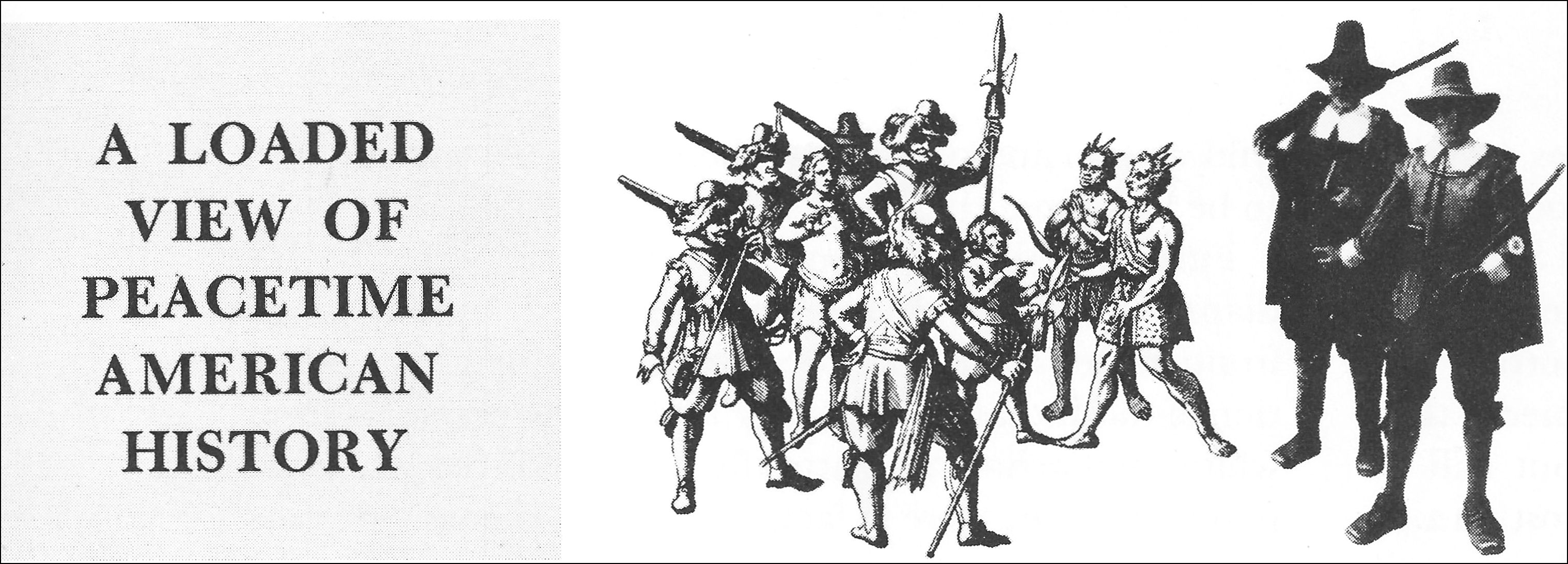September 2019
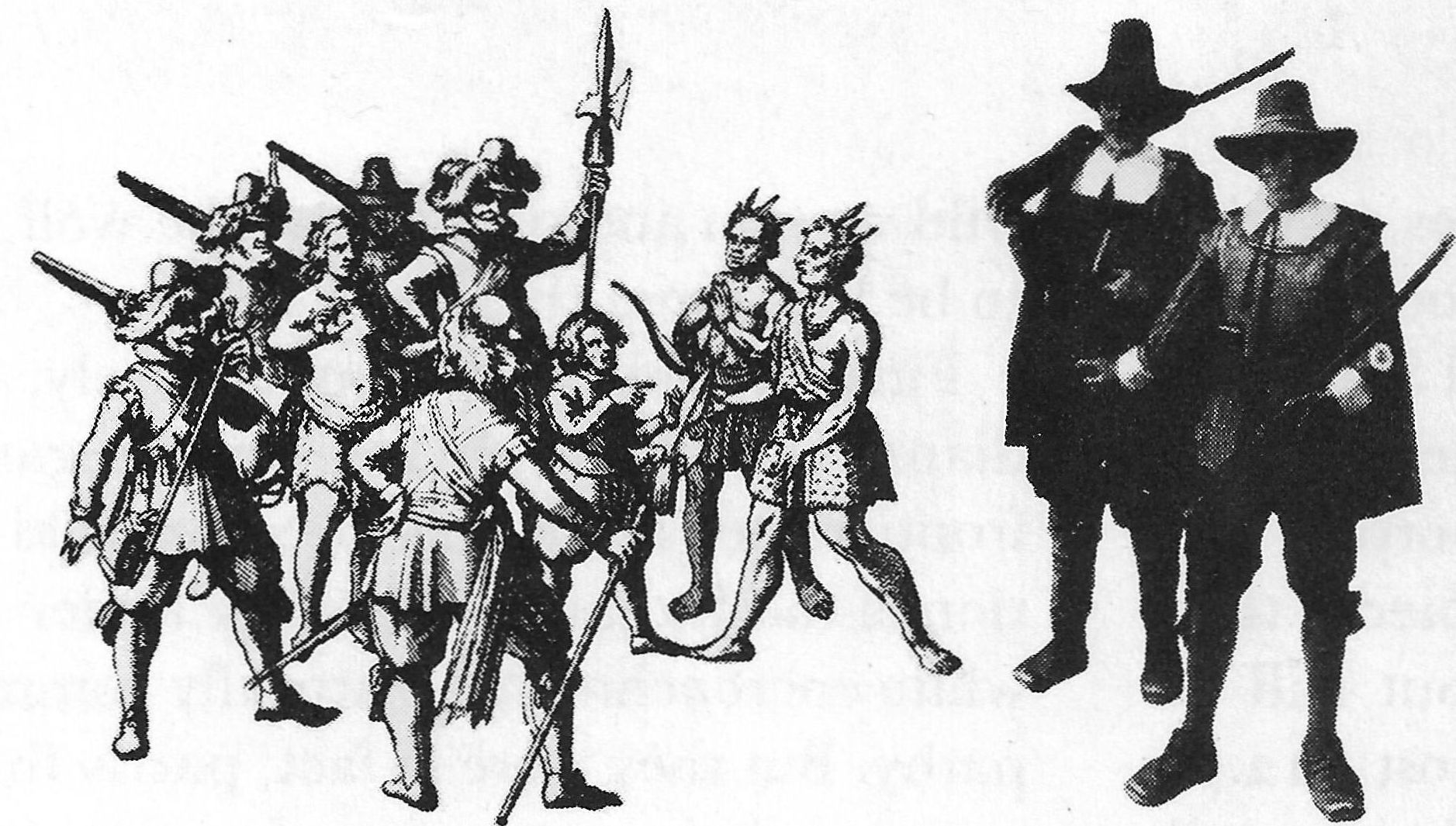
Return to this issue.
,
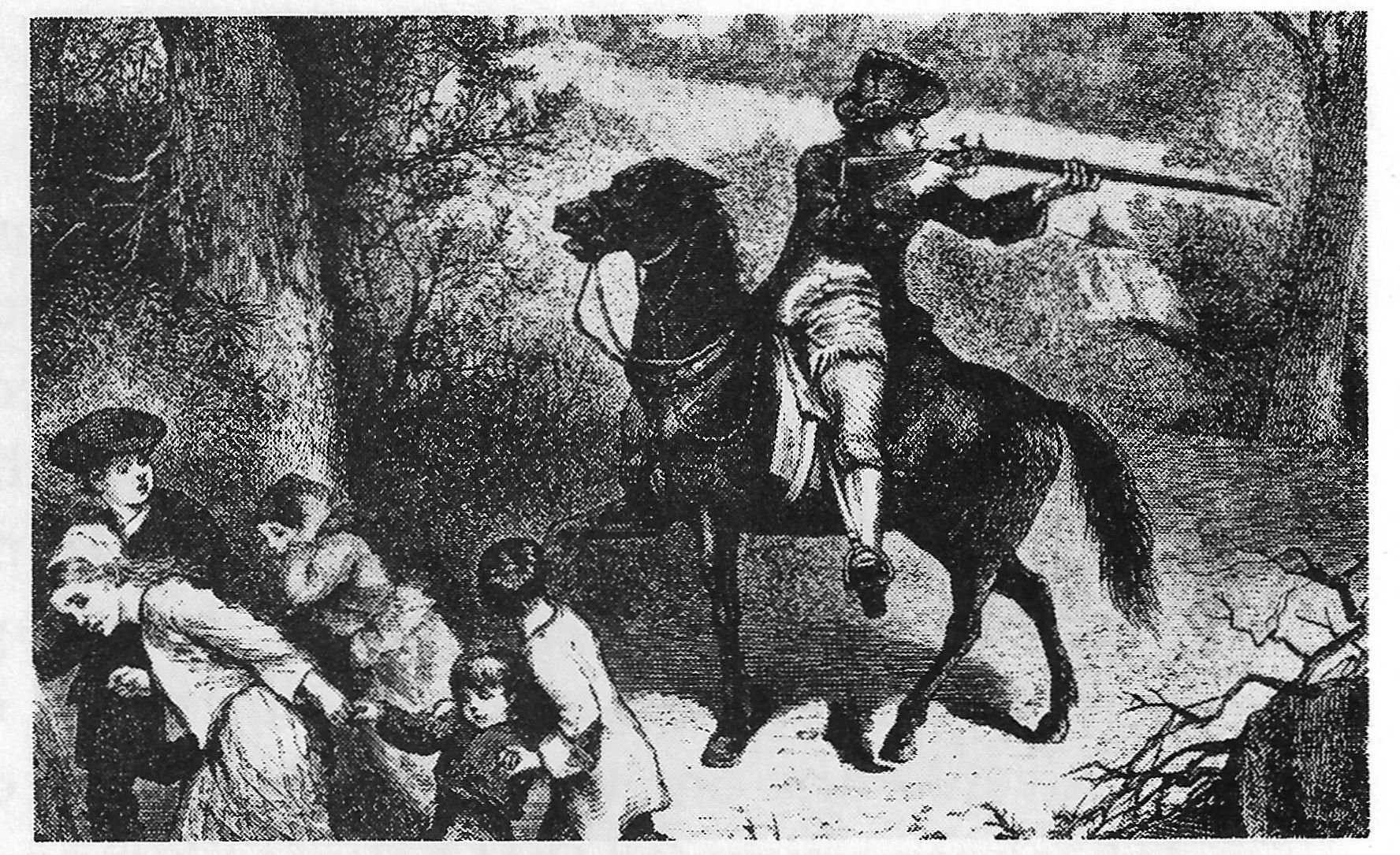
Return to this issue.
,
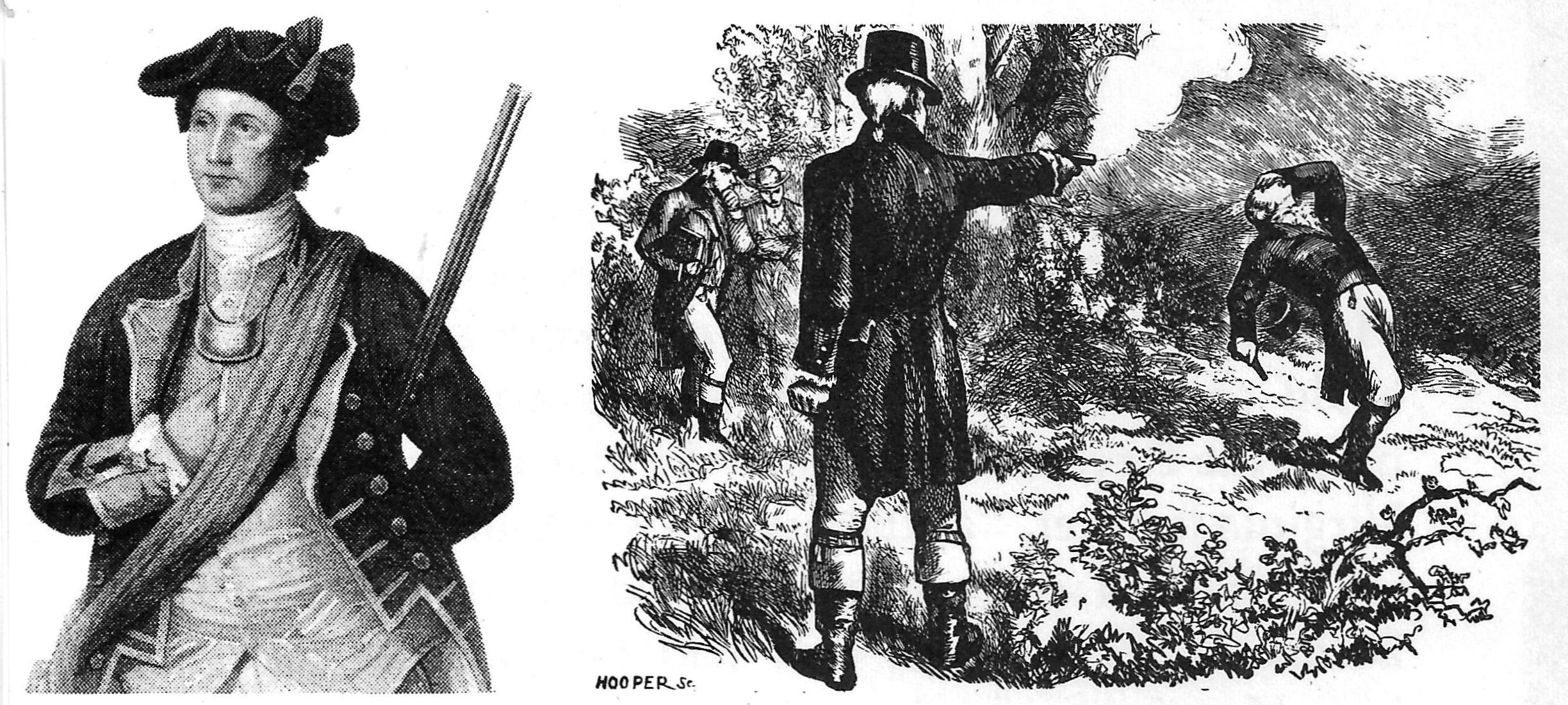
Return to this issue.
,
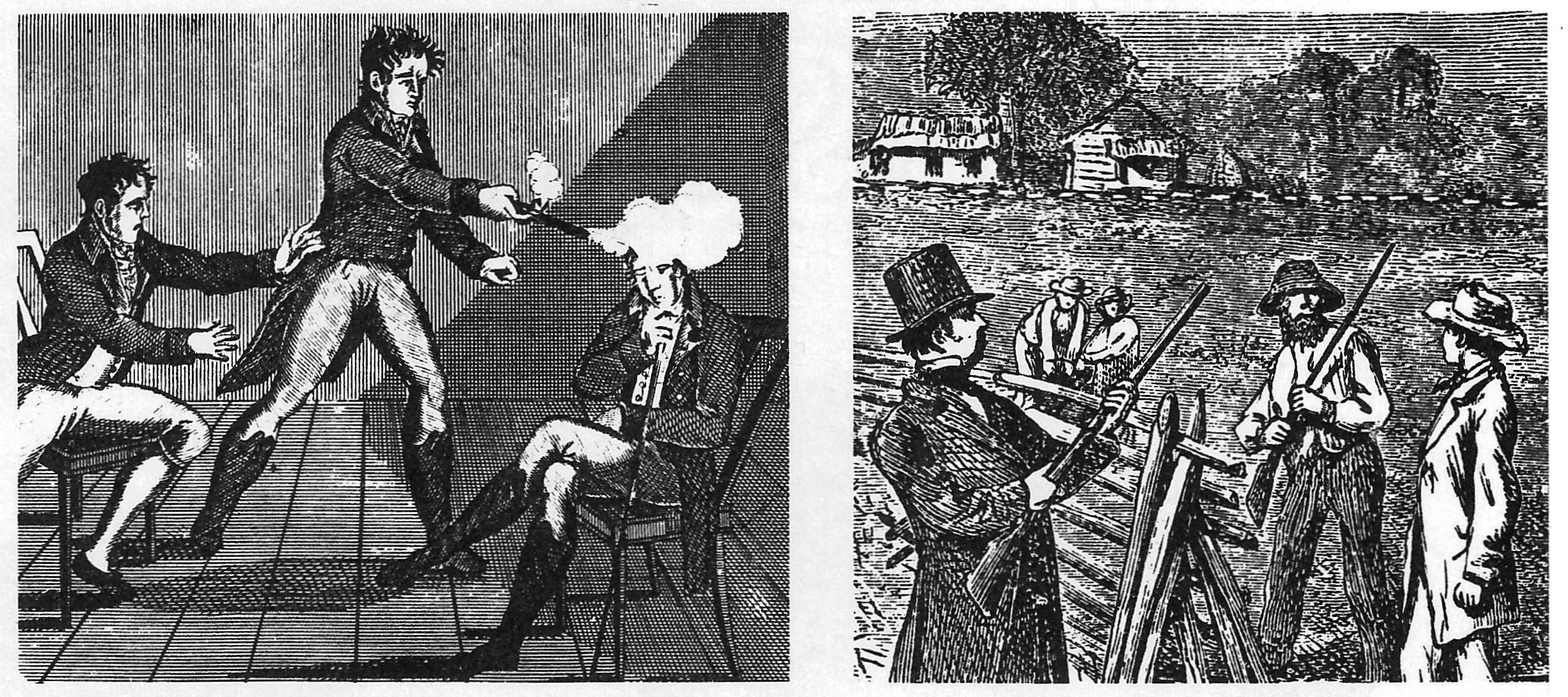
Return to this issue.
,
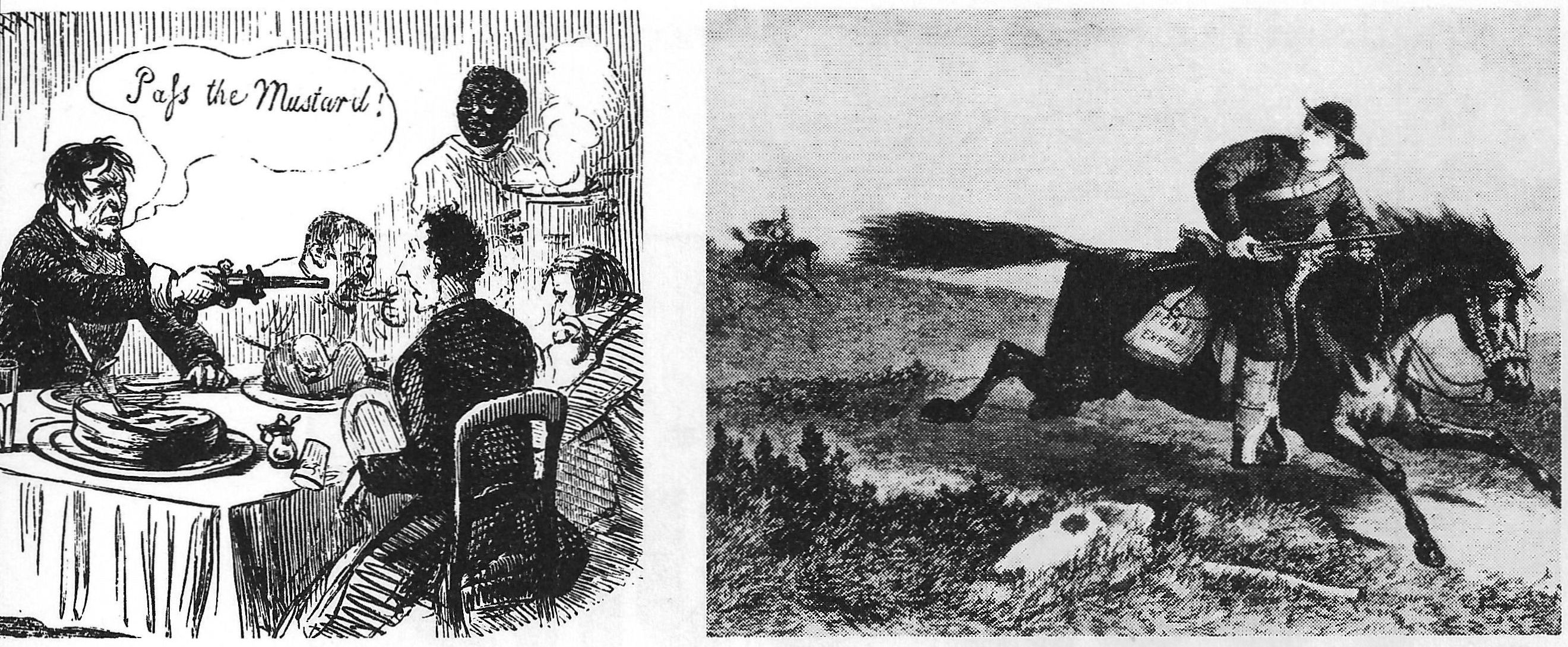
Return to this issue.
,
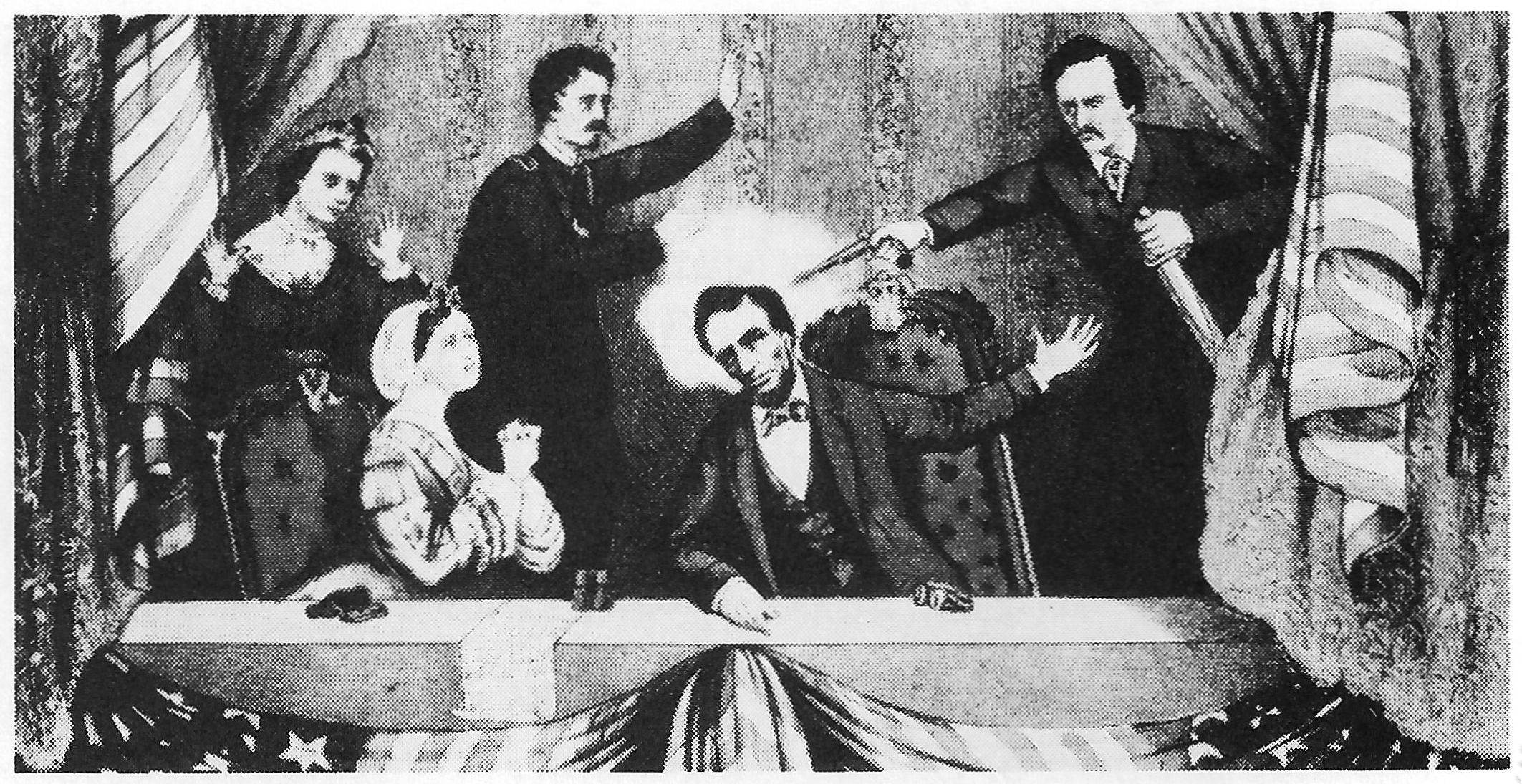
Return to this issue.
,
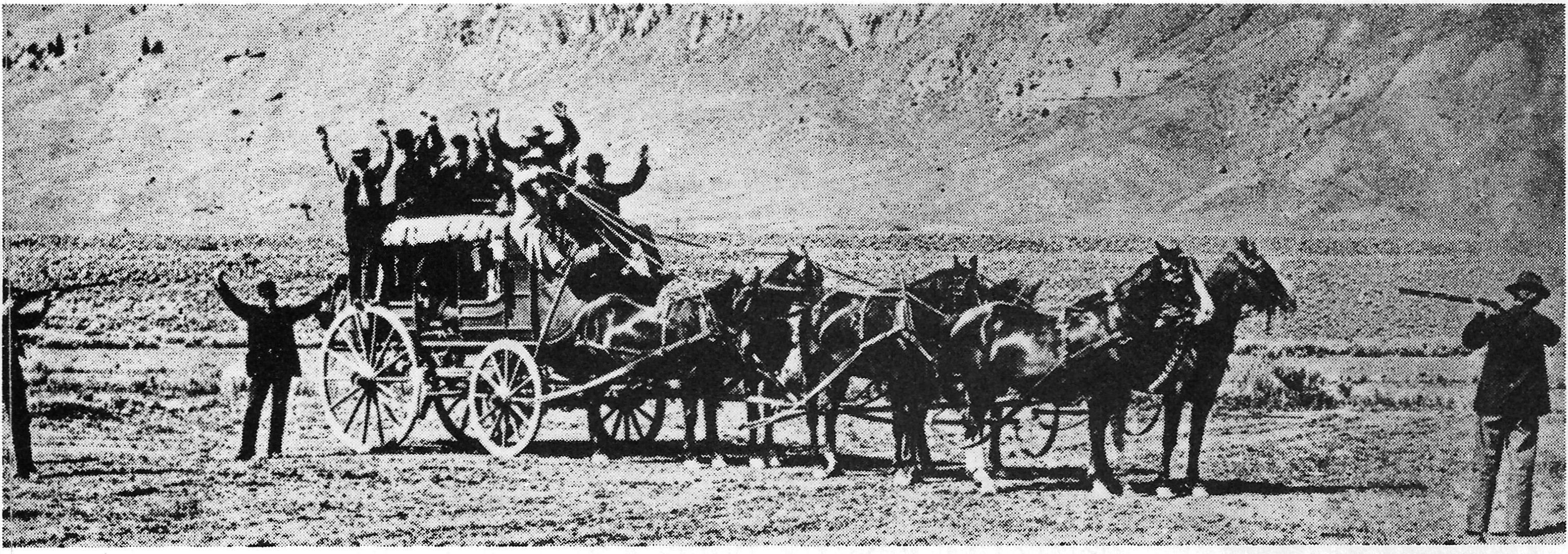
Return to this issue.
Return to this issue.
,
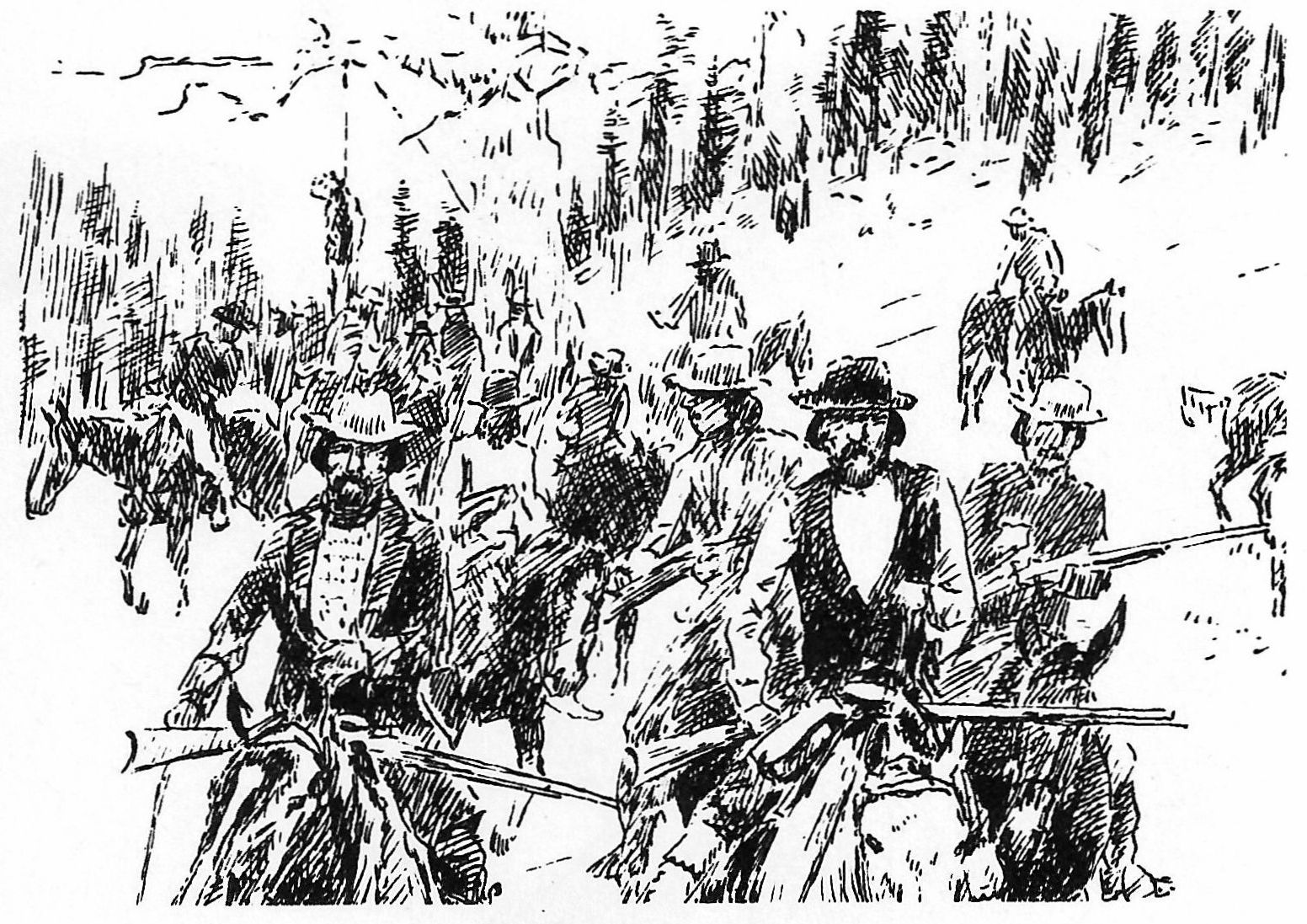
Return to this issue.
,
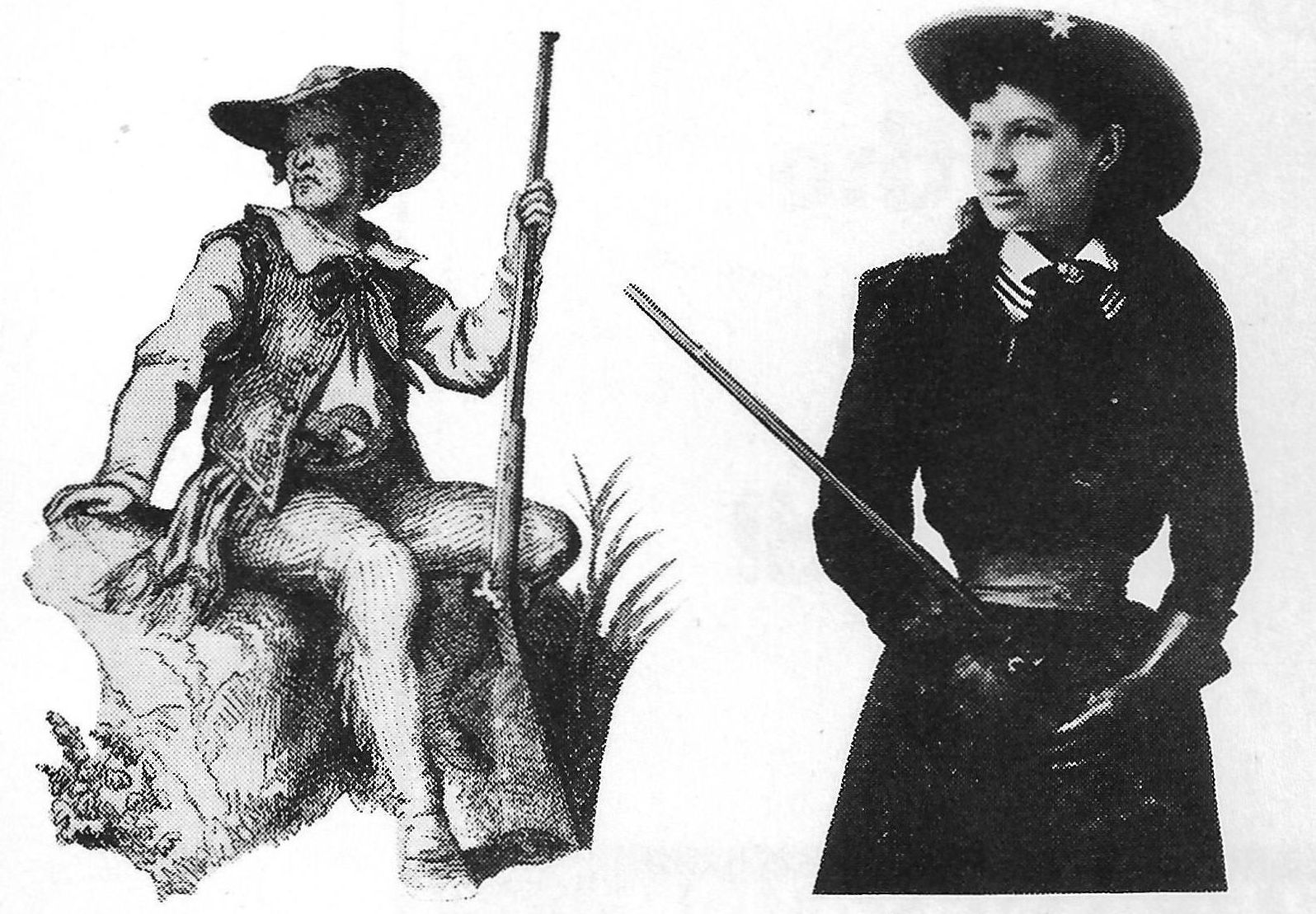
Return to this issue.
,
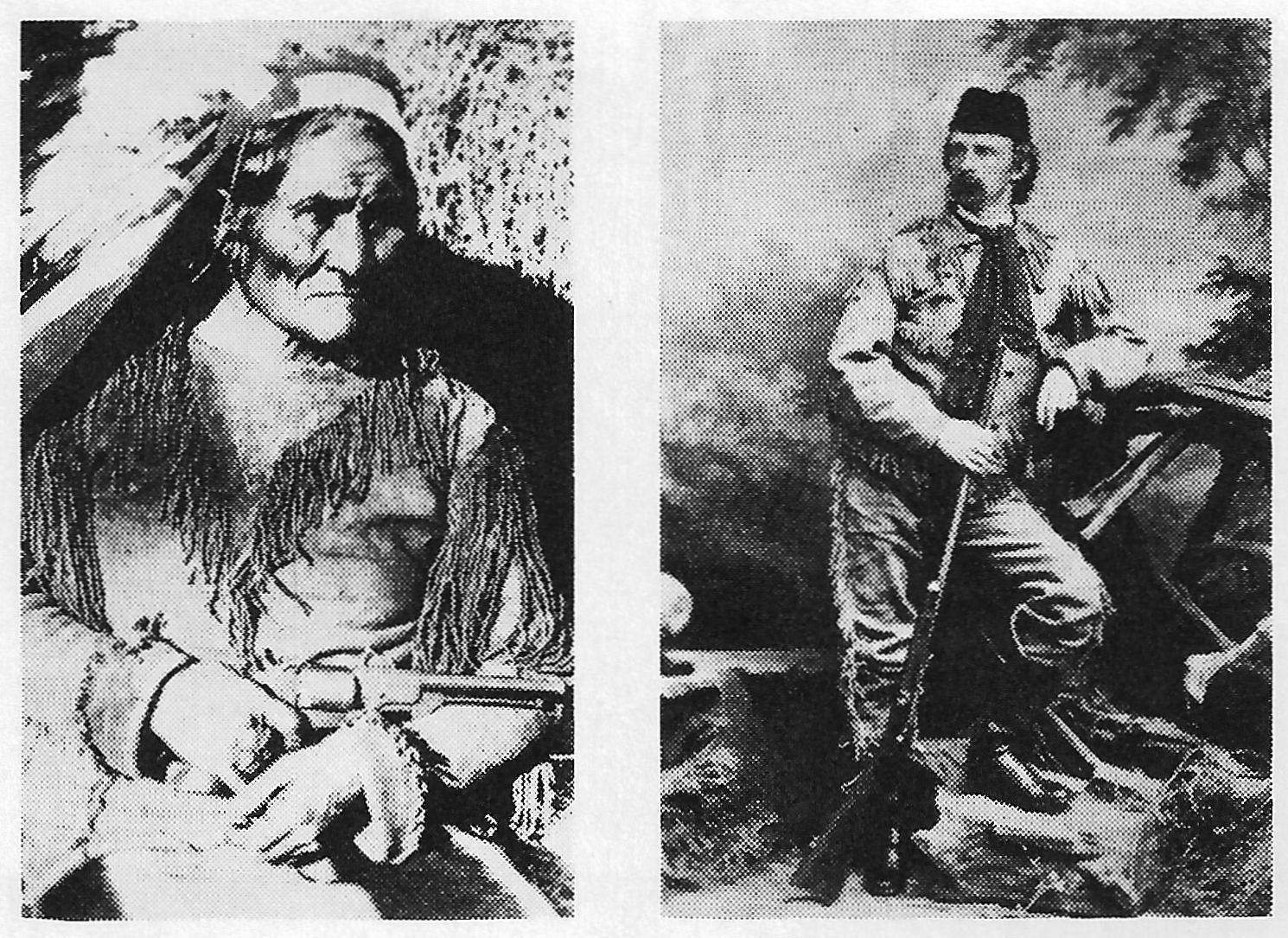
Return to this issue.
,
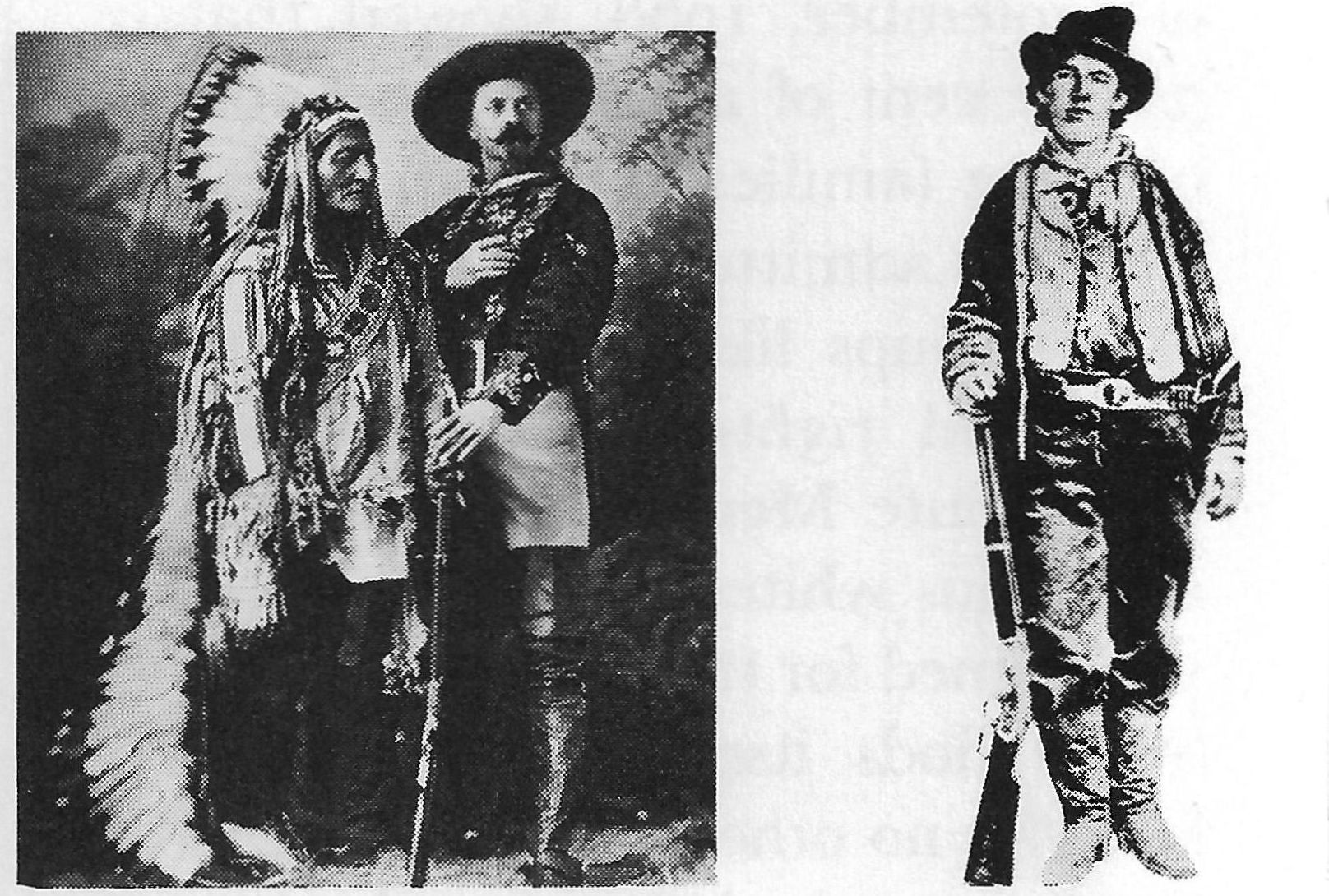
Return to this issue.
,
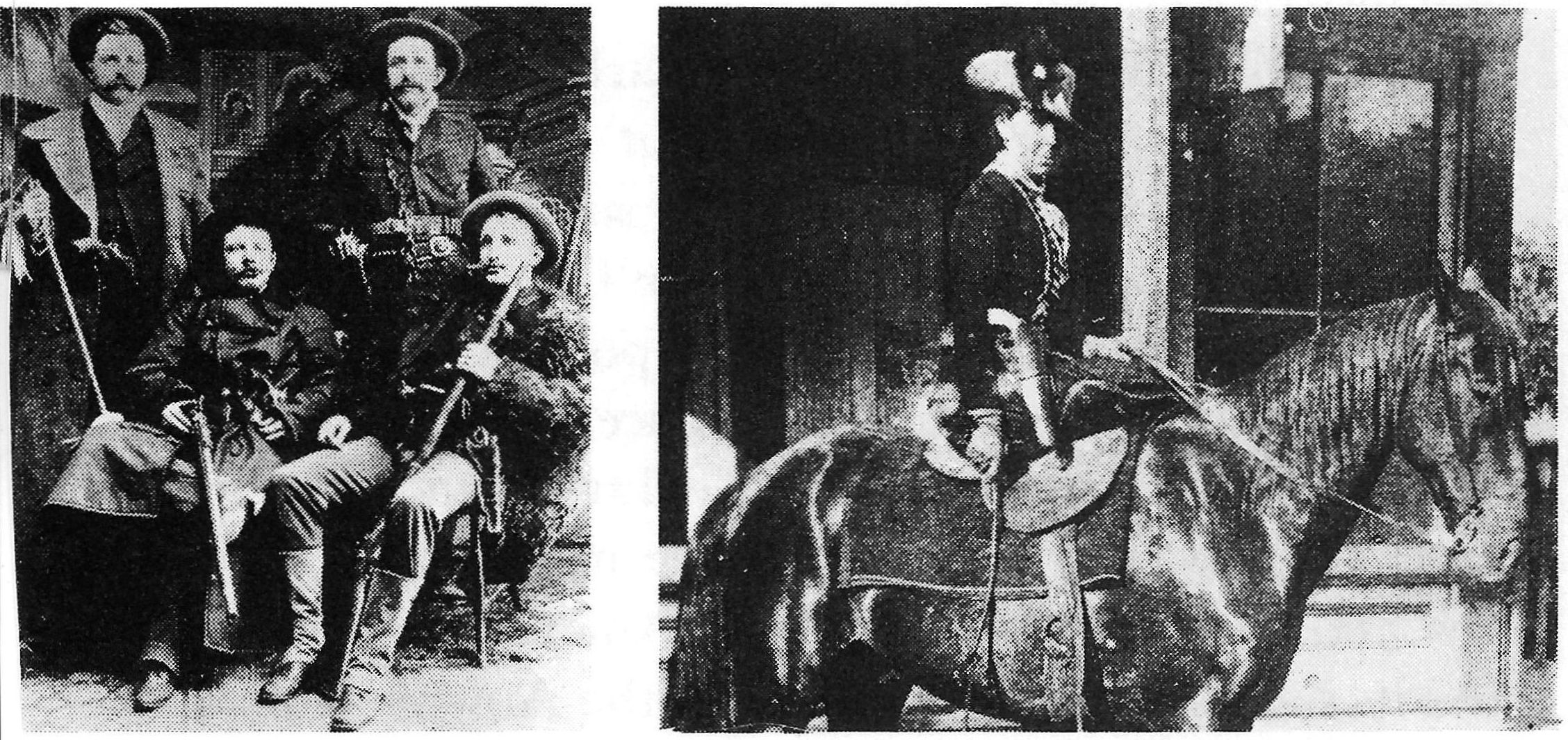
Return to this issue.
,
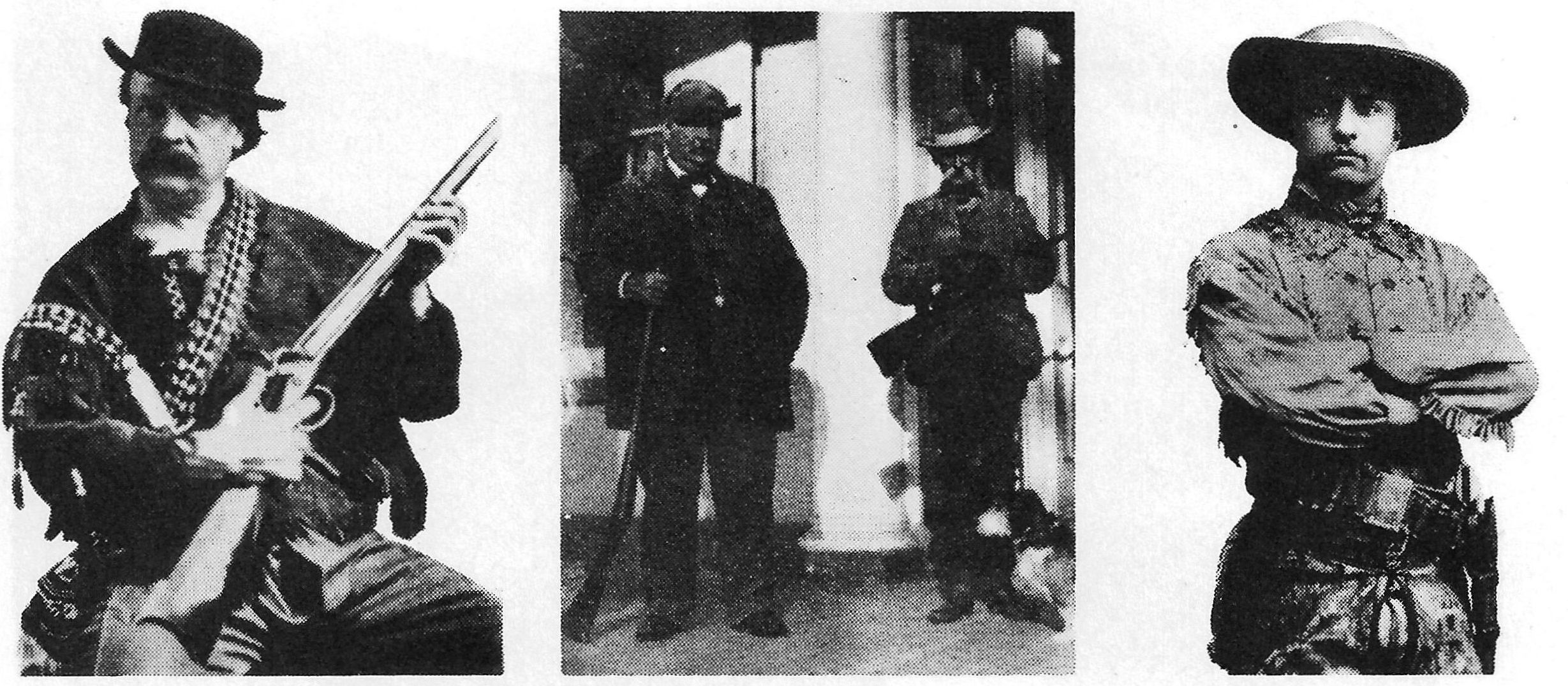
Return to this issue.
,
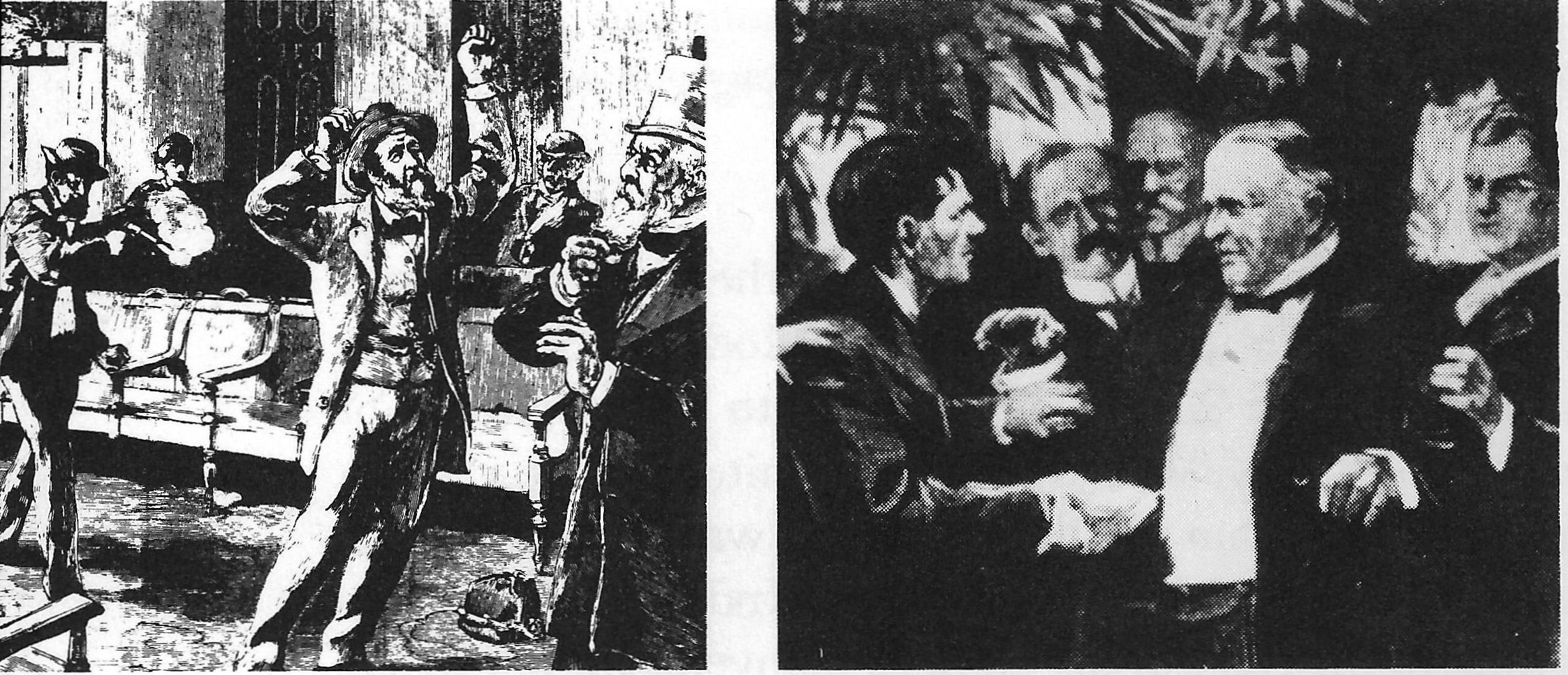
Return to this issue.
,
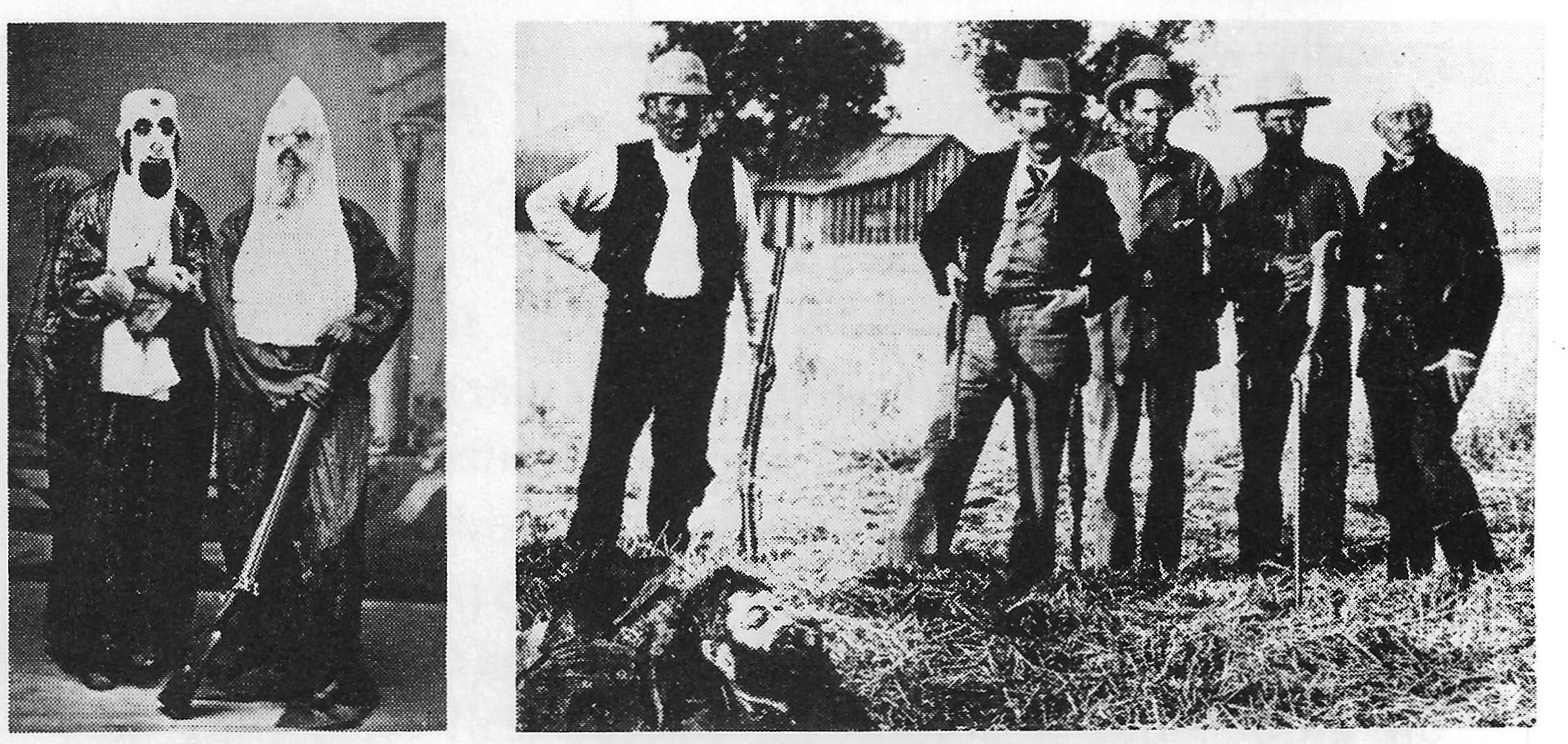
Return to this issue.
,
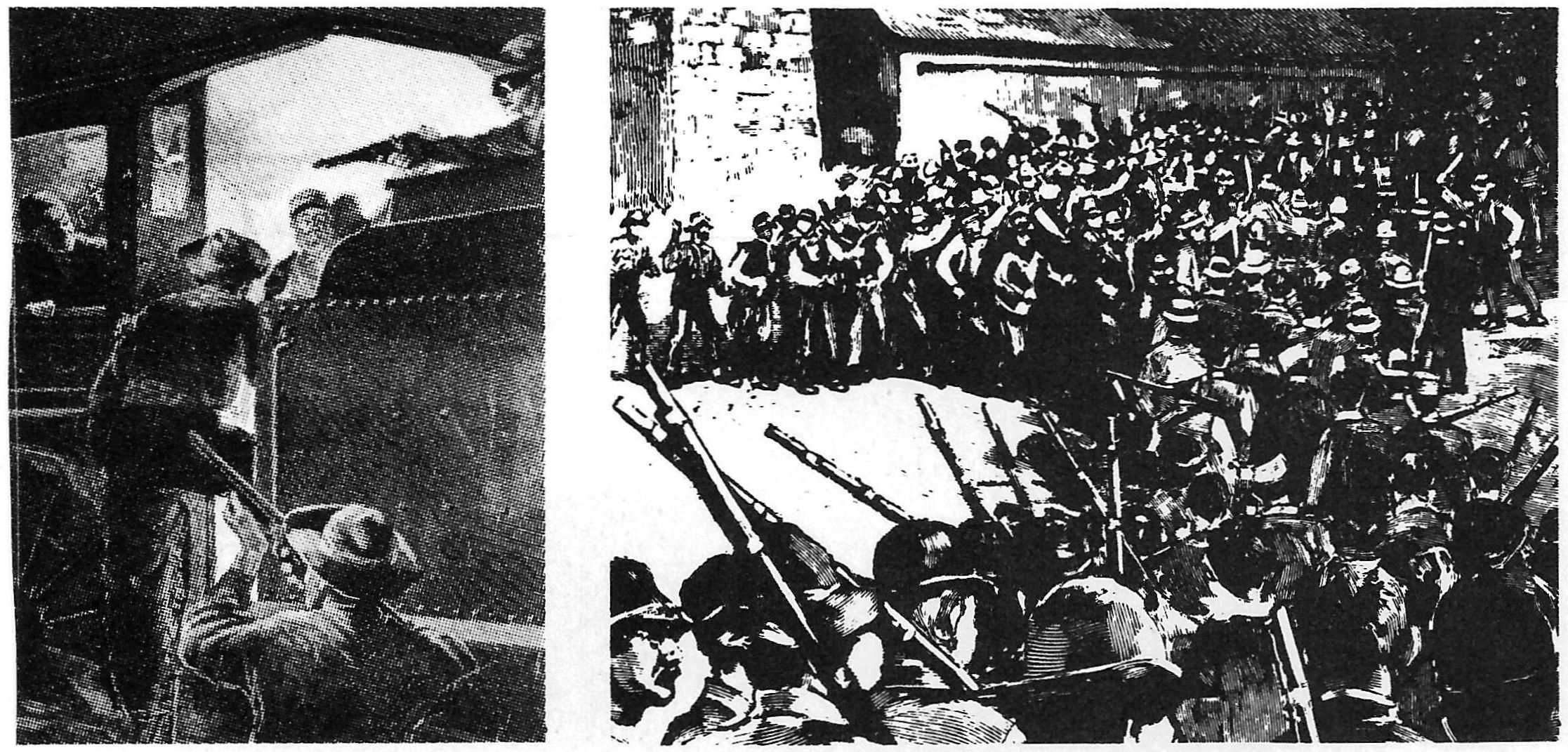
Return to this issue.
,
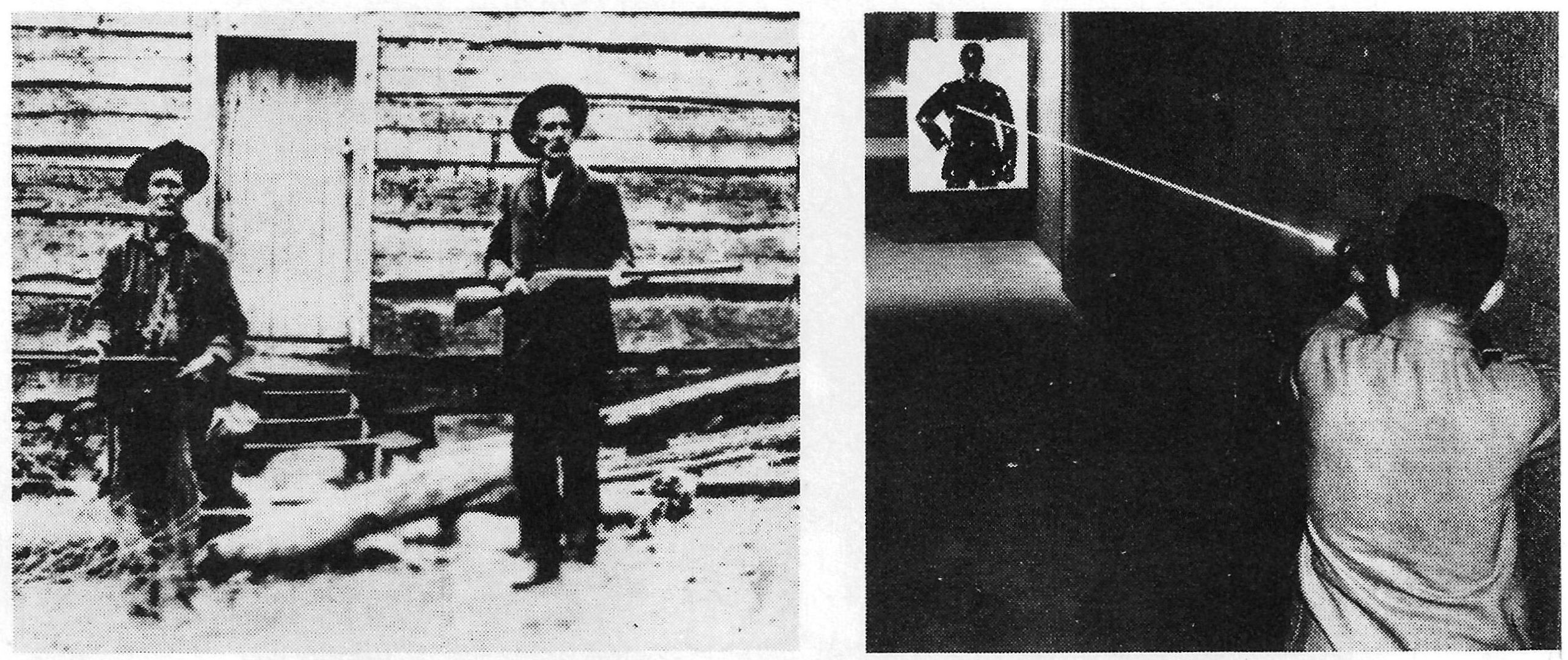
Return to this issue.
,
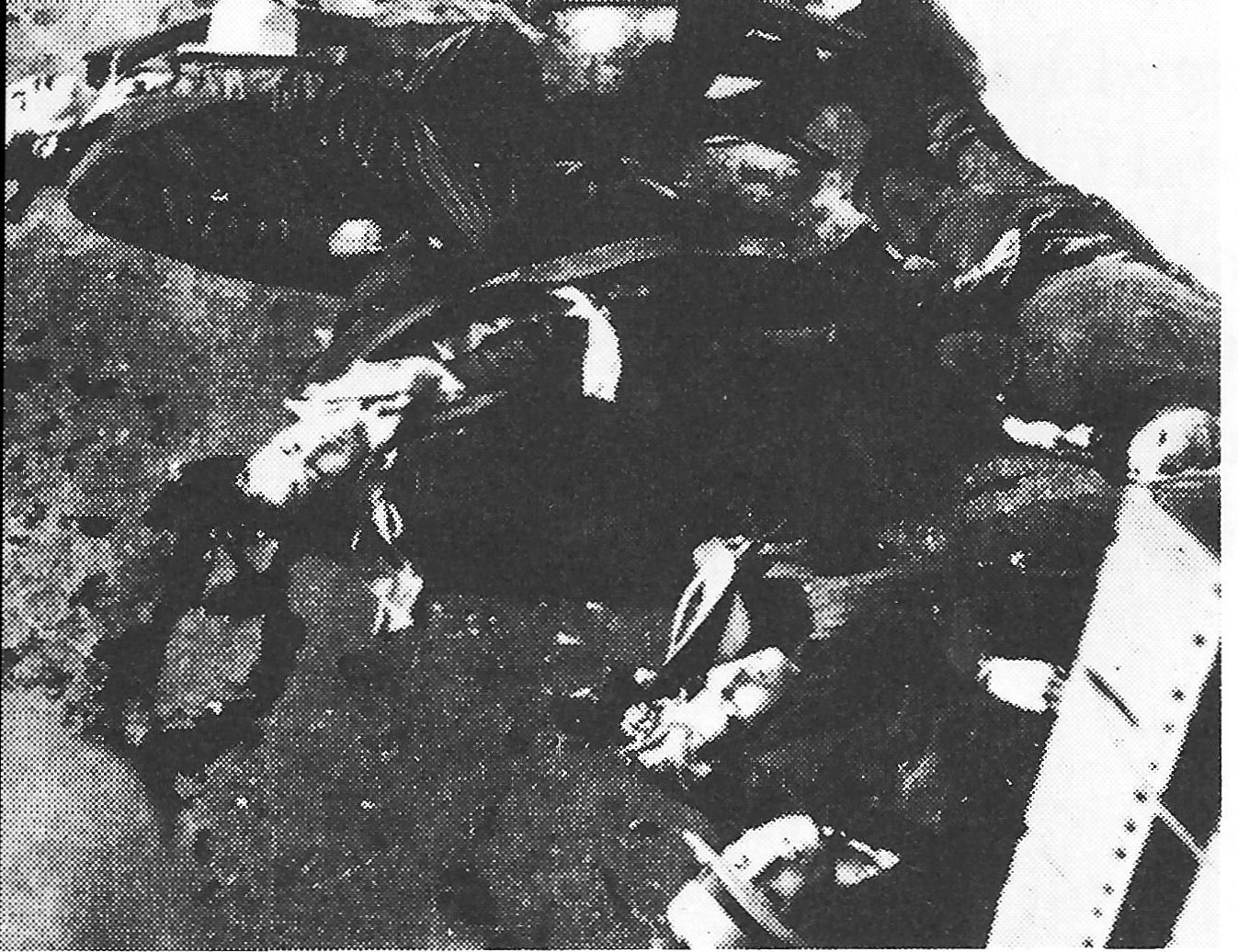
Return to this issue.
,
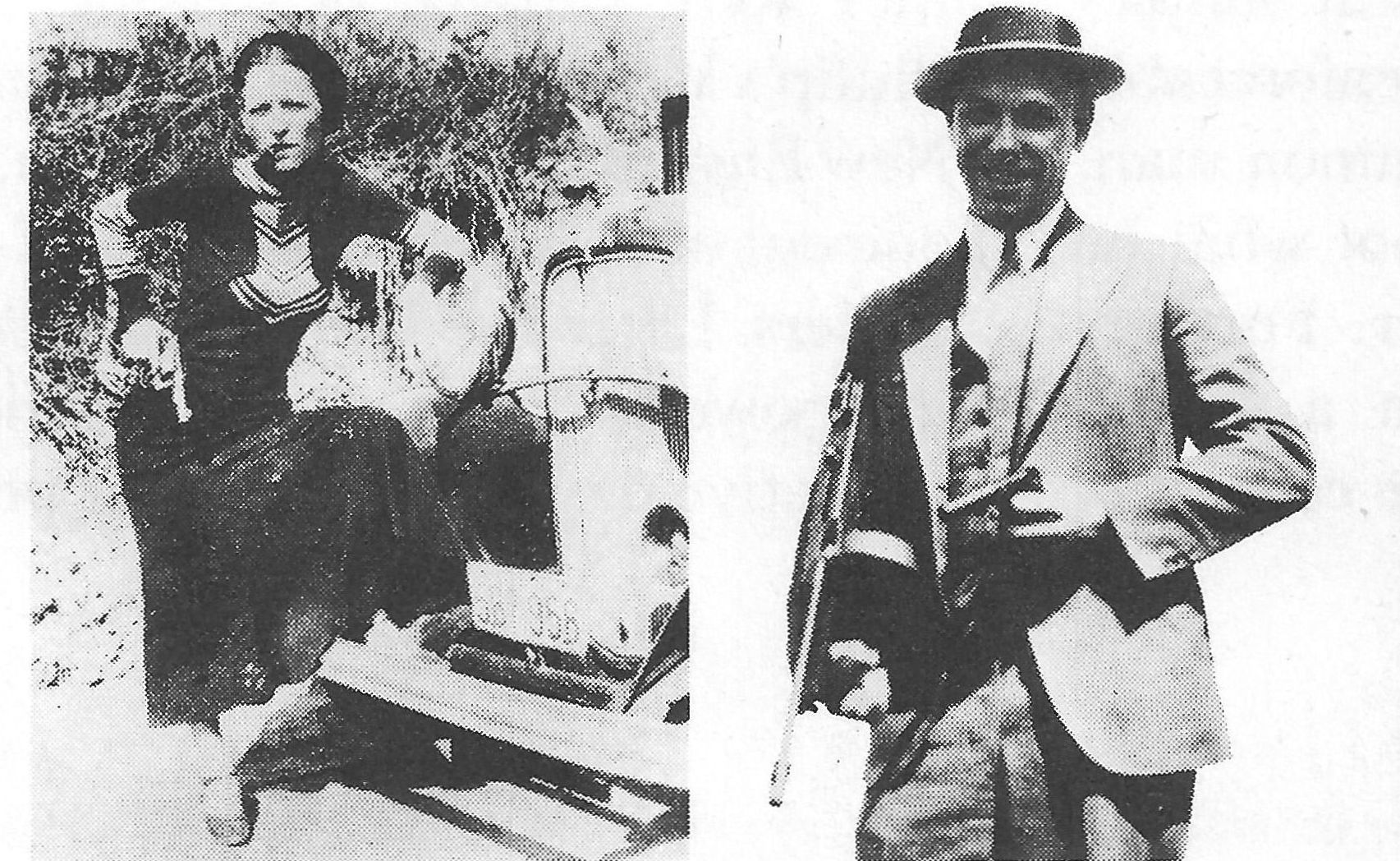
Return to this issue.
,
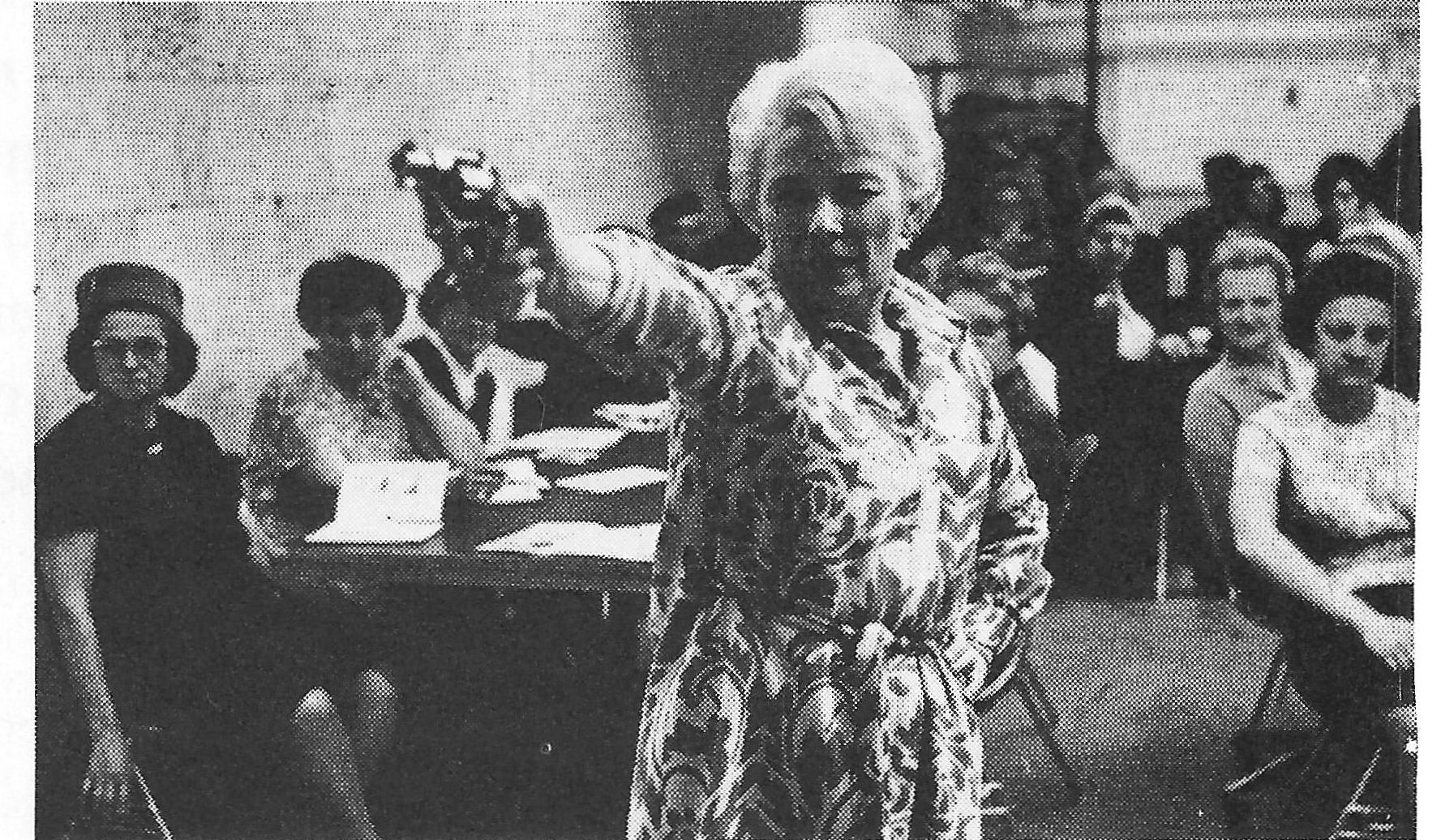
Return to this issue.
,
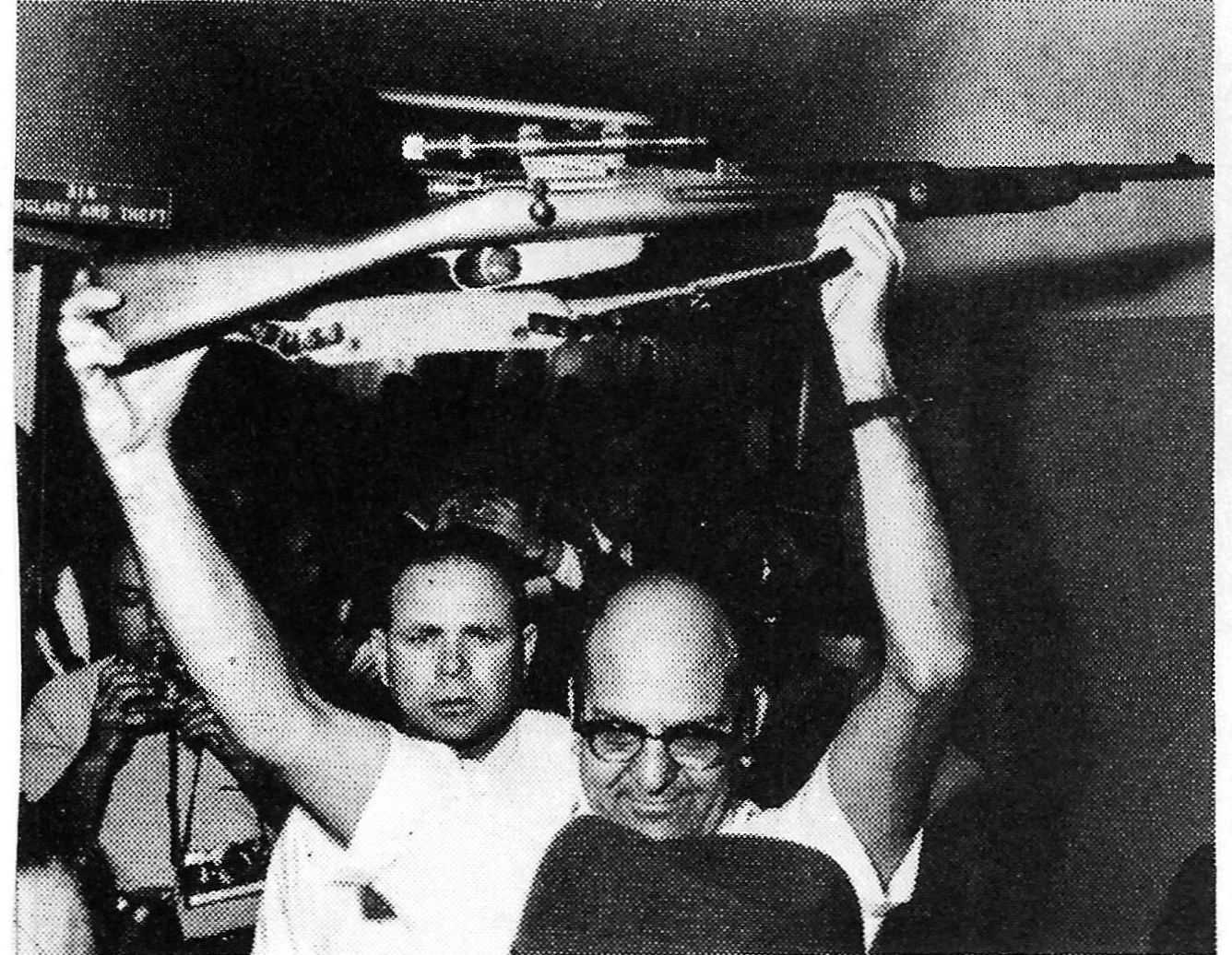
Return to this issue.
,
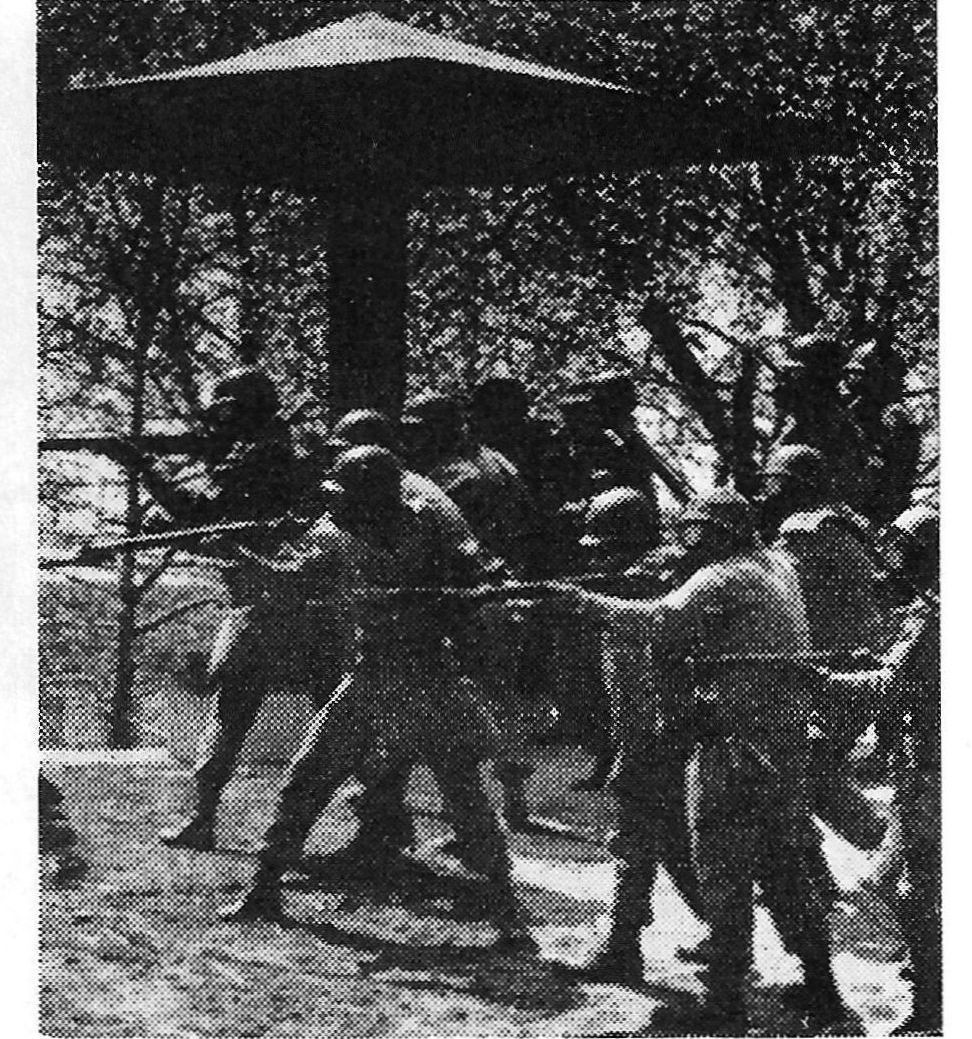
Return to this issue.
Editor's Note: We asked Joseph Ellis, one of the leading scholars on the Founding era, to provide us with historical content for the Second Amendment and what the founders intended when they wrote it. Ellis won the 2001 Pulitzer Prize for History for Founding Brothers: The Revolutionary Generation and the National Book Award for American Sphinx: The Character of Thomas Jefferson, both of which were New York Times bestsellers.
Editor's Note: The modern era of relaxed regulations on gun ownership began in 2008 when the Supreme Court ruled that the Second Amendment guaranteed an individual right to bear arms. The lawyer most identified with that landmark case is Robert A. Levy, now the Chairman of the Cato Institute. We asked Mr. Levy where he thought compromise was possible over the control of firearms.
Three constitutional principles underlie gun control:
1. The Supreme Court has held that individuals have a right to bear arms in common use for lawful purposes.
2. Second Amendment rights are not absolute. Everyone understands that children can’t carry automatic weapons to school. Some people, some weapons, and some circumstances are subject to regulation.
3. The right to bear arms is “fundamental,” which means that government bears a heavy burden to justify its regulation. Government must show (a) public safety requires the proposed restrictions, (b) they will work, and (c) they are no more extensive than necessary.
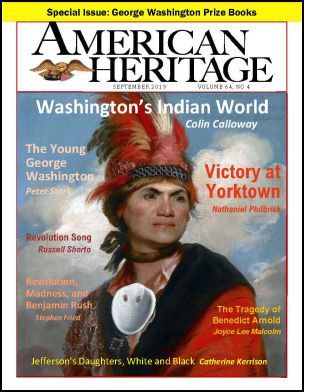
The cover image is a 1785 portrait by Gilbert Stuart of the Seneca chief Thayendanegea, better known as Joseph Brant. The same painting appeared on our cover of the September 1952 issue (right). After 65 years, we feel entitled to repeat an image!
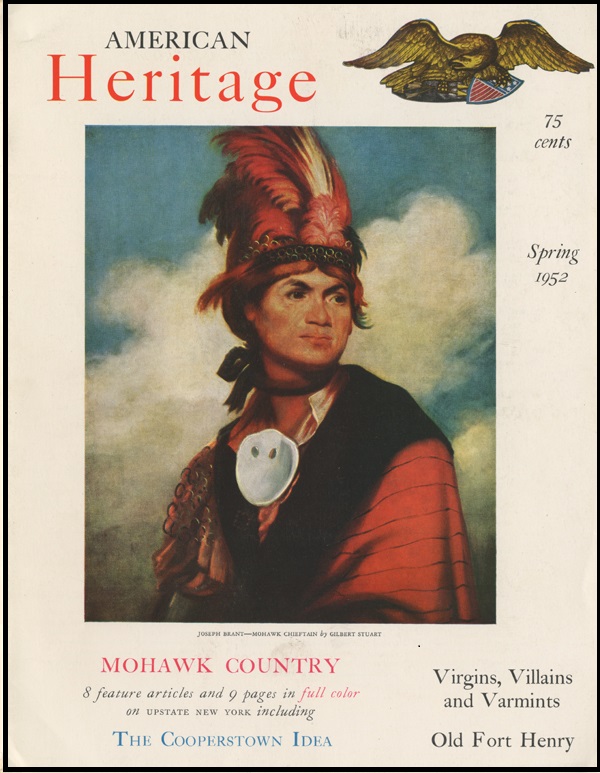
Editors Note: We asked Professor Adam Winkler, a nationally recognized expert on Constitutional law and the history of gun control, to give us his thoughts on how we can steer a middle ground between the right to bear arms and strict gun control. Winkler teaches at the UCLA School of Law and is the author of Gunfight: The Battle over the Right to Bear Arms in America and a frequent contributor to major national magazines.
Despite what extremists tell us, gun rights and gun control are not mutually exclusive. We can have both. Indeed, the story of guns in America is one of balancing gun rights with public safety, respecting both the right of individuals to have guns and the ability of lawmakers to impose reasonable restrictions on guns to enhance public safety.
American Heritage is launching a major effort to research and promote historic taverns from the Founding era.
A comprehensive website about historic taverns is much needed — there’s no info in one place on the Internet.
Some taverns from the Colonial era sit on street corners where ancient Indian trails once crossed. Others survive in the center of major cities, their welcome signs standing out incongruously against skyscrapers looming overhead.
If you do the research, you'll find more than 200 taverns still existing that served the first generation of Americans. Some of them, like the White Horse Tavern in Newport, RI, have hosted patrons for more than three centuries.
Watch our announcement video:
Since its founding 70 years ago, American Heritage has stayed out of the fray of partisan politics, focusing instead on a straightforward telling of the American story.
But the recurring, tragic mass shootings have brought the issues of gun rights and gun control to the forefront of national awareness. We believe that historians have a duty to provide facts and historical context so discussions about the "right to bear arms" can be better informed, and possible solutions found.
“History, after all, is the memory of a nation,” John F. Kennedy wrote in American Heritage in 1963. But when it comes to the Second Amendment, a very large percent of the American public has either forgotten, or never knew — or has reimagined — the intentions of the Founders when they wrote the Constitution.
So, in this issue, we provide four important essays by leading experts on the Second Amendment and the right to own guns, which we hope will be informative.

